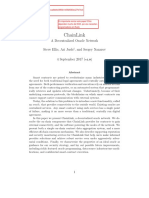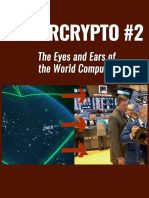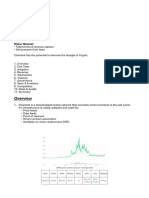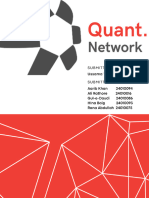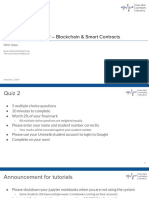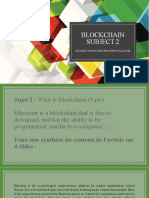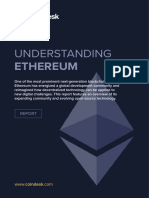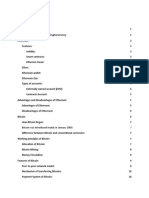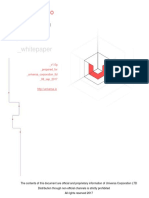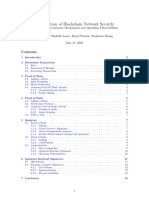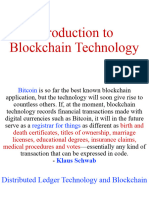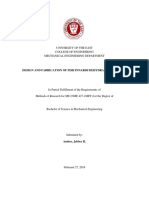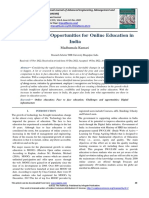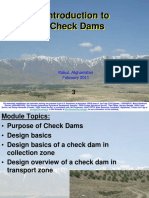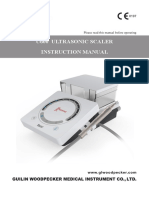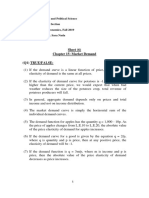0% found this document useful (0 votes)
4 views16 pagesQuantumLink White Paper
QuantumLink is a next-generation blockchain ecosystem designed to be scalable, sustainable, and quantum-safe, addressing issues of speed, security, and interoperability. It utilizes a Directed Acyclic Graph (DAG) structure for high transaction throughput and employs advanced cryptography to safeguard against quantum threats. The platform aims to serve as the backbone of Web3, facilitating decentralized finance and enterprise applications while ensuring user privacy and regulatory compliance.
Uploaded by
logicalsofttech2023Copyright
© © All Rights Reserved
We take content rights seriously. If you suspect this is your content, claim it here.
Available Formats
Download as PDF, TXT or read online on Scribd
0% found this document useful (0 votes)
4 views16 pagesQuantumLink White Paper
QuantumLink is a next-generation blockchain ecosystem designed to be scalable, sustainable, and quantum-safe, addressing issues of speed, security, and interoperability. It utilizes a Directed Acyclic Graph (DAG) structure for high transaction throughput and employs advanced cryptography to safeguard against quantum threats. The platform aims to serve as the backbone of Web3, facilitating decentralized finance and enterprise applications while ensuring user privacy and regulatory compliance.
Uploaded by
logicalsofttech2023Copyright
© © All Rights Reserved
We take content rights seriously. If you suspect this is your content, claim it here.
Available Formats
Download as PDF, TXT or read online on Scribd
/ 16
